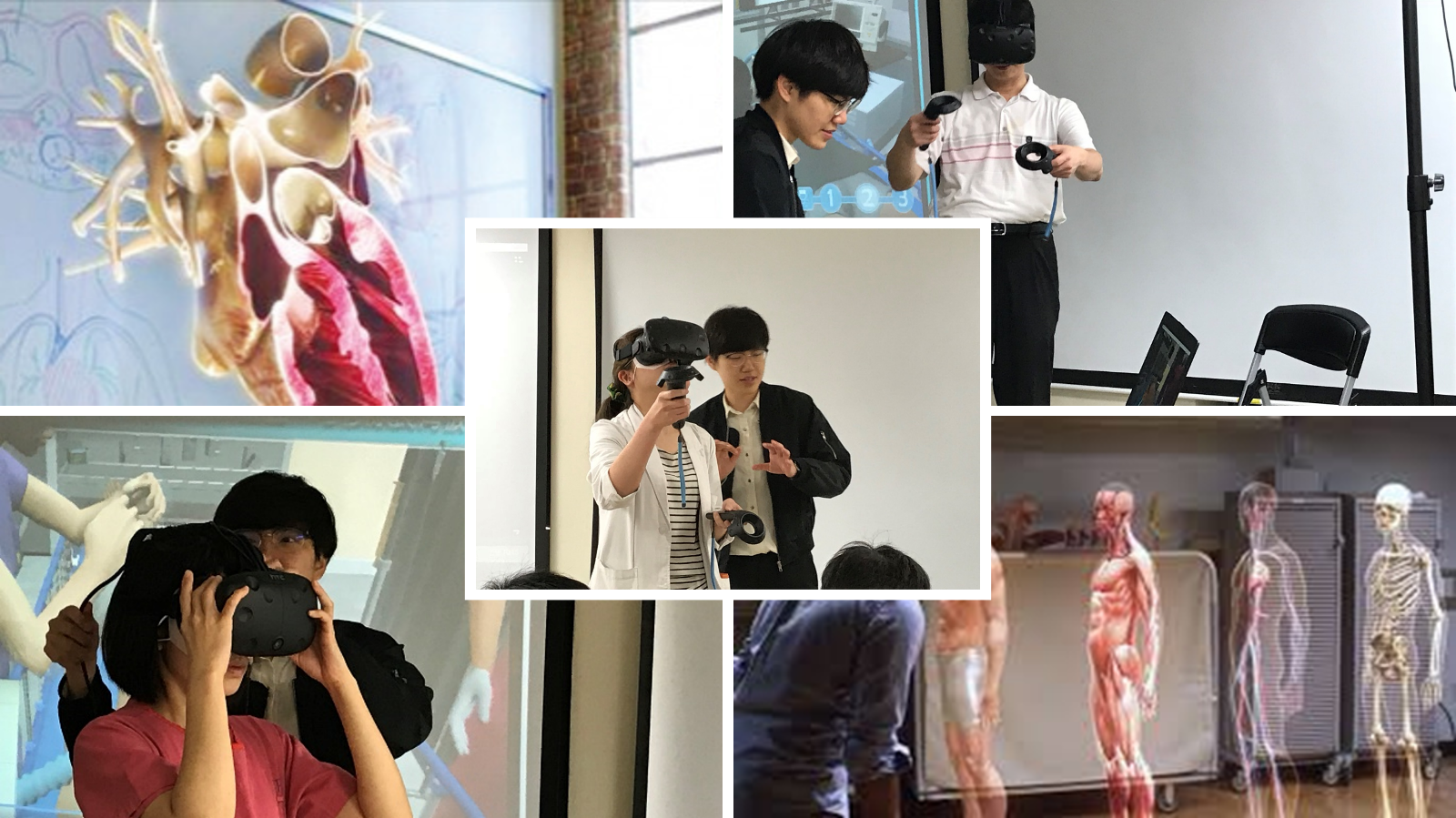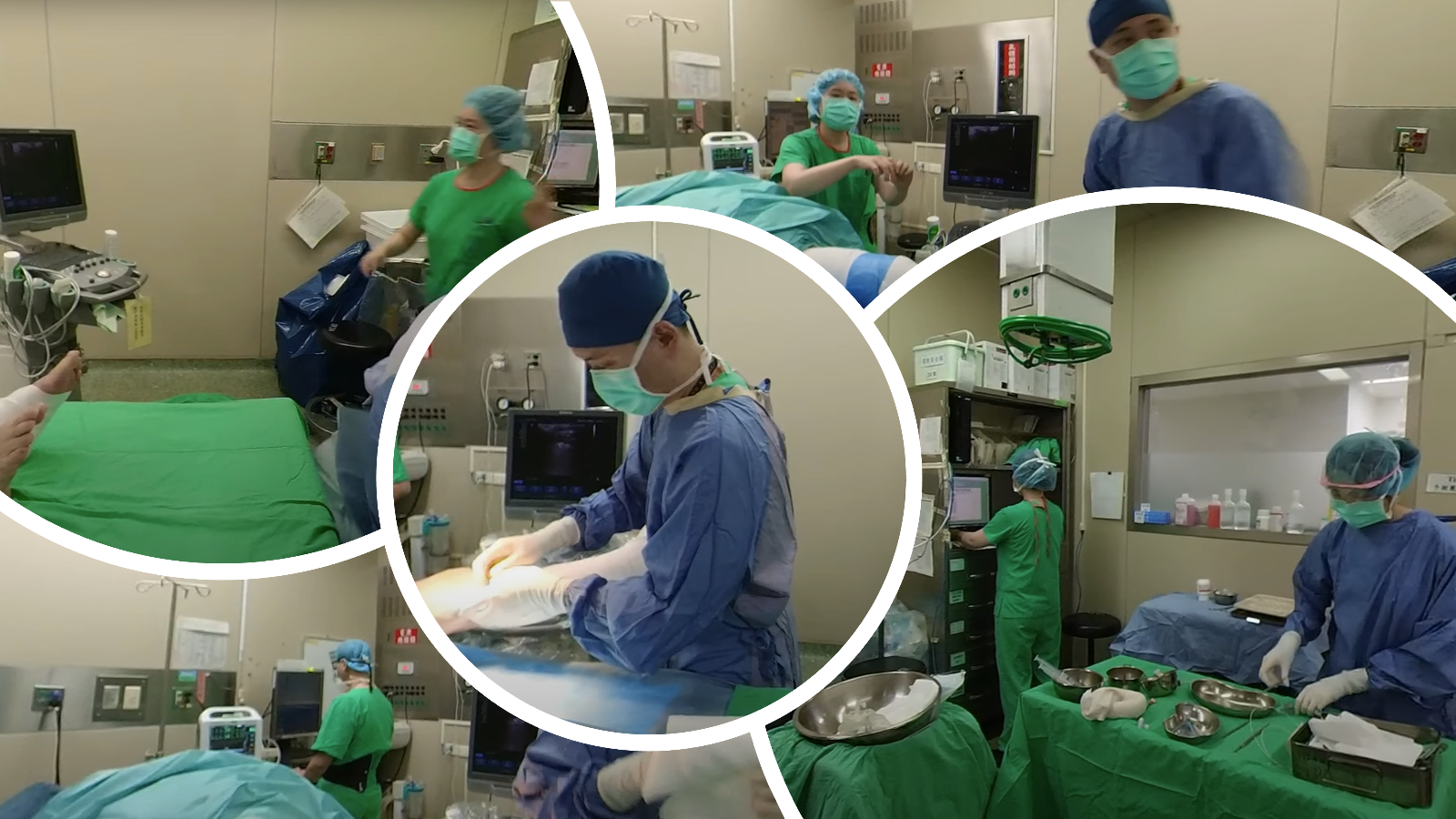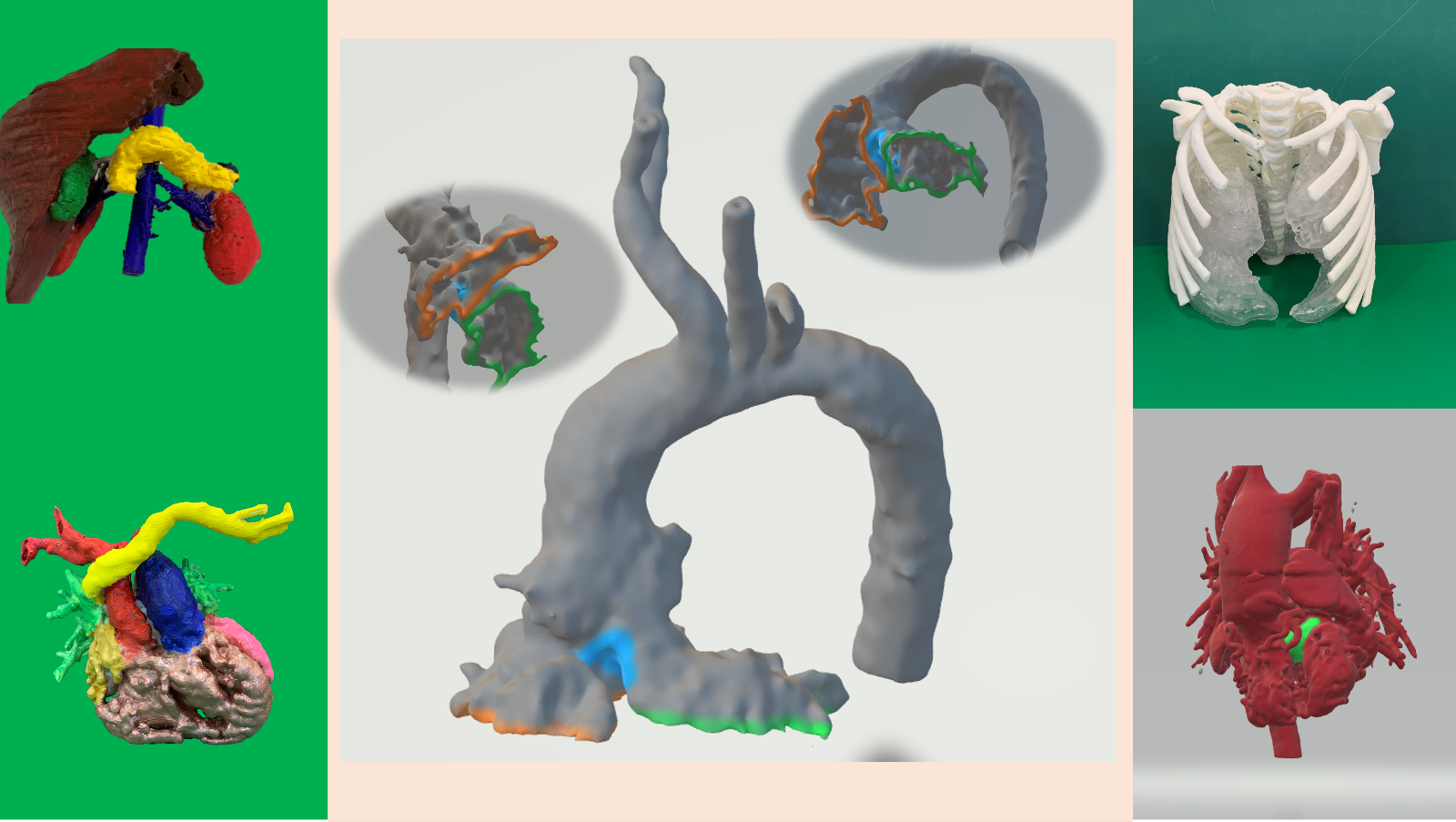Application of digital technology in surgery teaching and surgery environment safety
Prof. Chung-Dann Kan MD. Ph.D. Deputy Director, Dept. of Surgery
Digital technology has changed how people learn. The digital transformation of learning in medicine involves the use of electronic means to create a lively and conducive learning environment. The College of Medicine, National Cheng Kung University, launched an artificial-intelligence virtual reality classroom and a medical imaging center where extended reality (i.e., integrating augmented reality, virtual reality, and mixed reality) and 3D medical imaging teaching techniques were incorporated into teaching practice. The Department of Surgery of the university introduced 360° panoramic virtual surgery video guides that were made using multiangle virtual reality filming technology. These videos changed the traditional surgical education approach and enabled learners to learn and gain experience and insights in a virtual environment. For surgery, which involves complex procedures and requires preparation and mutual support within an interdisciplinary team, the virtual reality surgical techniques provided realistic, immersive, and intuitive experiences for learners. The high accessibility, practicality, and cost-effectiveness of this approach contributed to its widespread adoption in surgery-related medical education and training. The digital transformation of medical learning also helped to address the shortcomings of physical teaching, which is of particular importance during the COVID-19 pandemic. For highly complex medical cases, surgery models may be built with 3D printing to facilitate clear doctor–patient communication, alleviate the anxiety of patients and their family members, and simulate a surgery beforehand to reduce surgery time; these measures ensure the accuracy and preciseness of complex surgical procedures. Given the stringent hygiene and sterility requirements of operating rooms, the Department of Surgery introduced a sterilization gate that uses far-ultraviolet light (wavelength: 222 nm), which is safe for humans. The gate facilitates contactless sterilization (which prevents drug residues and harmful effects of UV radiation), inhibits viruses on surfaces and in the air, protects operating rooms from all bacterial and viral diseases, and optimizes the infection control systems of operating rooms. It also simplifies the sterilization process, reduces infection risks, exhibits cost-effectiveness, provides increased infection control at the entrances and exits of operating rooms, and improves the quality of care for patients undergoing surgery.

Figure 1. Artificial-intelligence, virtual reality classroom.

Figure 2. 360° panoramic virtual surgery video guide made using multiangle virtual reality filming technology.

Figure 3. 3D printed heart model
